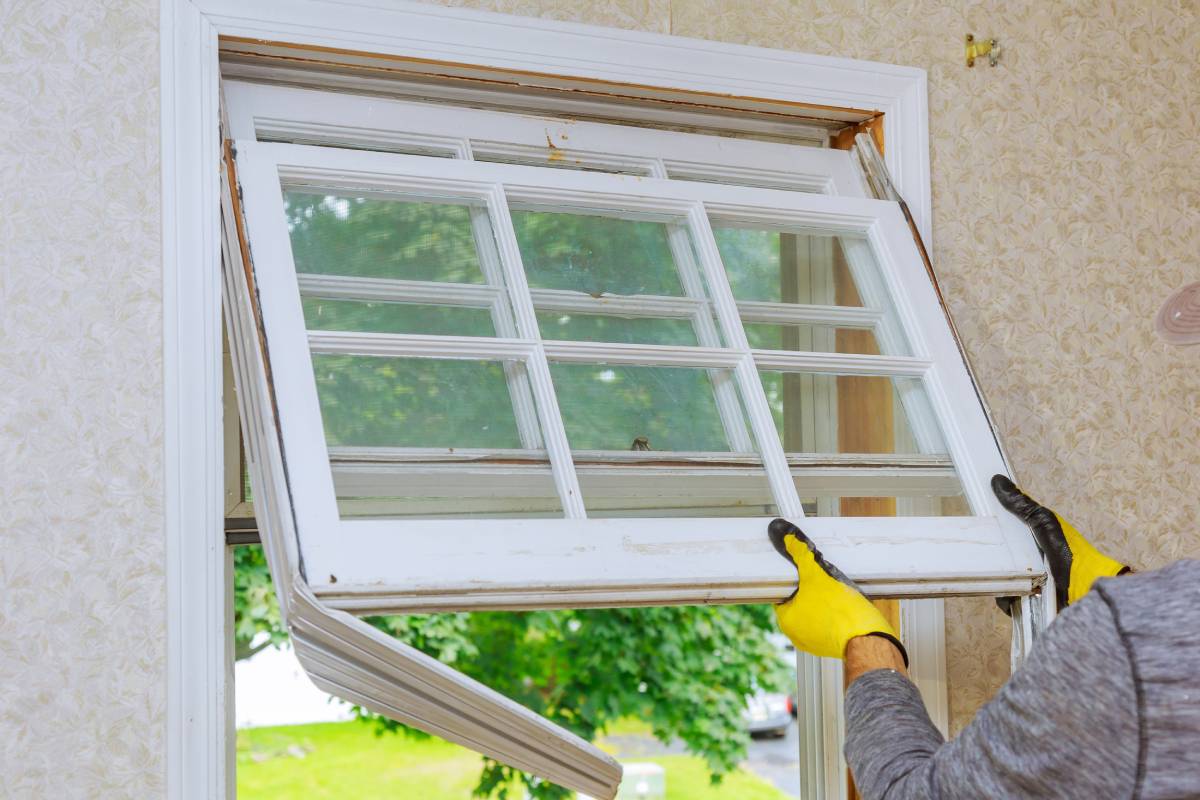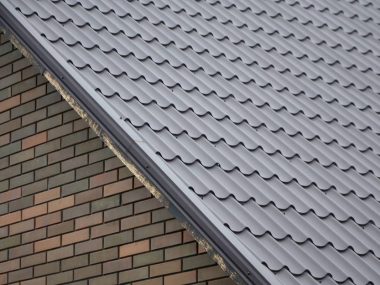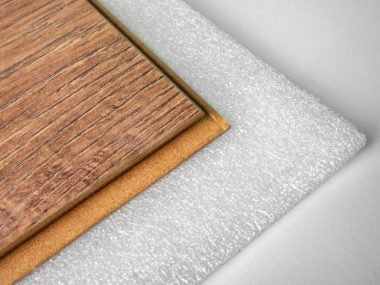If you’re facing issues like air leaks, water infiltration, thermal leaks, fogged glass, or insect problems, window replacement becomes necessary. You can opt for either new construction or replacement windows when choosing windows.
New-construction windows have nailing fins attaching to the wall sheathing under the siding, while replacement windows slip into the existing frame without removing the siding. The average cost to replace windows is between $300 and $2,100 per window, depending on various factors and the project’s scope.
Check out this helpful guide to figure out what you need for your window replacement.
Related article: What is Laminate underlayment? What Does Laminate Flooring Benefit from Underlayment?

How Much Does It Cost to Replace Windows In Your Home?
The cost of replacing your windows is influenced by factors such as your location, window materials, glazing type, and window style. Although replacement windows require a significant investment, they often provide good resale value when selling your house.
Here are the average costs for window replacement and costs by materials, based on HomeAdvisor’s latest figures:
- The average cost per window ranges from $300 to $2,100.
- Installation costs average $40 to $65 per hour, with complex installs potentially exceeding $600 per window.
Replacement Windows by Material
- Aluminium windows: $75 to $400 per window.
- Vinyl windows: $100 to $900 per window.
- Wood windows: $150 to $1,300 per window.
- Composite windows: $300 to $1,200 per window.
- Fibreglass windows: $500 to $1,500 per window.
What Are Replacement Windows?
Replacement windows are like a refresh button for your home, tackling issues like wear, damage, or inefficiency in existing windows. They’re designed to fit into your current window openings, replacing things like glass panels and moving parts. Often called pocket or insert windows, they’re not the same as new-construction windows.

How to Choose Between Replacement and New-Construction Windows
If your windows are visibly worn but the area around them is in good shape, replacement windows are likely your go-to solution. However, if rot or moisture has extensively damaged the surrounding areas like window sills, you might need new-construction windows. These have fins for attaching to the house structure, making them perfect for areas affected by rot. Replacement windows lack these fins, sliding smoothly into existing openings, making them better for areas not impacted by rot.
Double-Hung vs. Single-Hung Windows
Here’s an easy way to decide between these two types:
- Double-Hung Windows: Both the upper and lower sashes can move. Great for cleaning upper-story windows from the inside and safer for homes with kids.
- Single-Hung Windows: Only the lower sash moves and the upper part is fixed. They’re more budget-friendly and have fewer potential issues.
Fixing or Replacing Windows
High energy bills might make you think about getting new windows, but consider this: If your window seal is the problem, causing fogging between panes, you might not need a full replacement. Repairing the window or swapping out the sash can often do the trick, saving you money in the process.
Understanding the differences between replacement and new-construction windows, as well as the choice between double-hung and single-hung options, gives you the power to make informed decisions based on your specific needs. Before committing to a full replacement, exploring repair options can be a wallet-friendly way to solve window issues efficiently.
Ideal Time for Window Replacement
You can replace windows at any time, but it’s best to do it in milder weather. Cold conditions may affect caulking, and inclement weather can impact the precise tolerances required for installation. The drawback of choosing temperate seasons is the high demand for window projects, potentially leading to wait times for installation.
DIY Window Replacement
While replacing your windows can save money, home centres with limited new-construction window options may make finding replacement types challenging. Ordering custom-made replacement windows or using a professional window replacement company is an alternative. Professional installers possess the necessary tools and skills for a timely and efficient job.

Window Glazing: Single, Double, and Triple
Windows are less insulated than walls, with both having R-values indicating energy loss. For walls and attics, an R-value of 1 to 2 is considered poor, while fibreglass batt insulation in these areas has R-values of 13 or more. When shopping for windows, an R-value above 2 is considered good. Understanding how single, double, and triple-pane windows compare can help you make an informed choice.
Single-Pane
A single-pane window provides minimal insulation, with an approximate R-value of 1.
Double-Pane
A double-pane window, also known as a double-glazed window, has two glass sheets with an air or inert gas (like krypton or argon) in between. This type significantly improves energy efficiency, often by nearly 100%. Double-pane windows are standard, even in regions with moderate climates.
- A standard double-pane window typically has an R-value ranging from 1.5 to 2.0.
- If equipped with low-e glazing (a heat-reflective coating), the R-value can reach 2.4 to 3.0.
- Adding argon gas to a double-pane window with low-e glazing increases the R-value to 2.7 to 3.6.
Triple-Pane
Triple-pane windows can potentially achieve an impressive R-value between 5 and 8, depending on various factors. For extreme climates, opting for triple-pane windows is advisable.
In Summary
When considering window replacement, understanding the insulating properties of different window types is crucial. Single-pane windows, with their minimal R-value of 1, offer little insulation. On the other hand, double-pane windows, a common choice even in moderate climates, significantly enhance energy efficiency. Depending on features like low-e glazing and inert gas fill, their R-values can range from 1.5 to an impressive 3.6. For those in extreme climates, triple-pane windows, potentially reaching R-values of 5 to 8, become a valuable consideration.
In addition to the insulating capabilities, factors such as the time of replacement, and the choice between DIY and professional installation. Whether upgrading for better energy efficiency or addressing visible deterioration, a well-informed decision ensures a more comfortable and cost-effective home.






